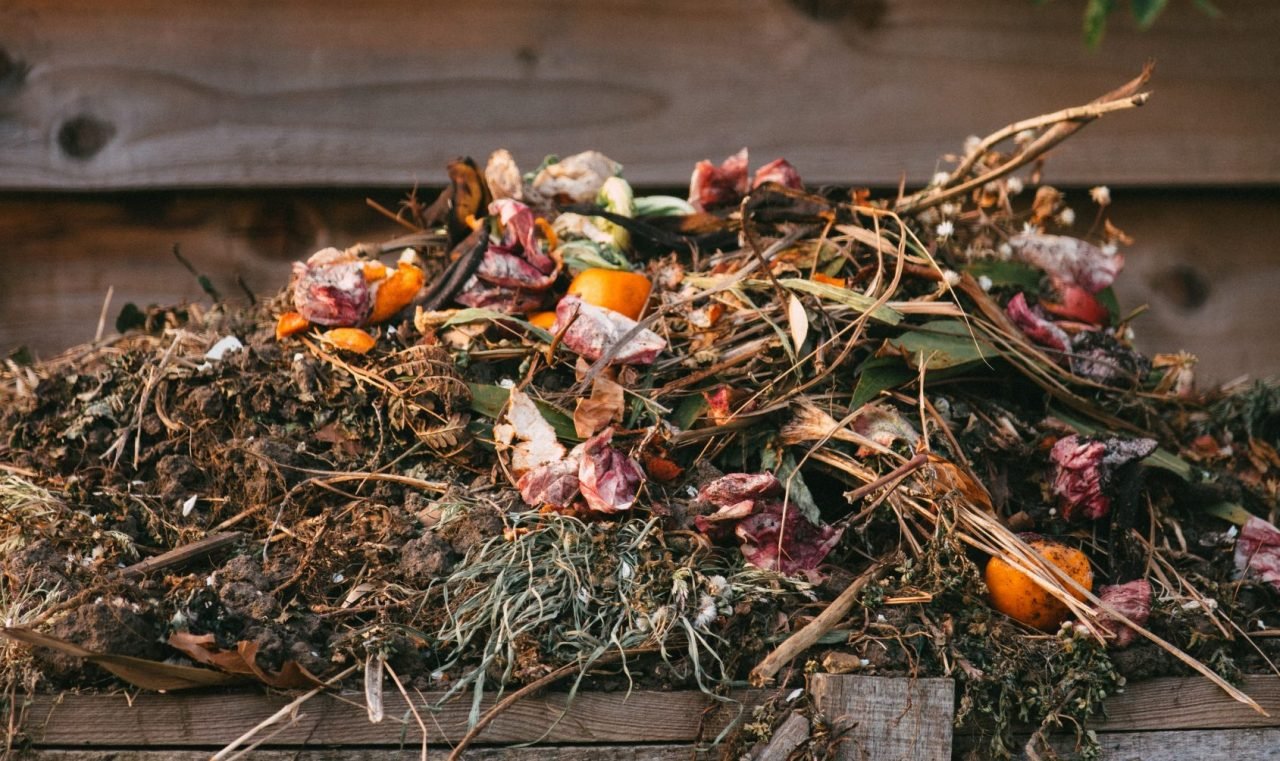Compostable Fashion: breaking-down the problem
The environmental impact of the fashion industry is increasingly notorious: from excessive water consumption to the massive amounts of textile waste generated and disposed of in landfills on a yearly basis. With sustainability now a major focus for most brands in the industry, compostable fashion offers a compelling solution to mitigate this problem. Among the brands pioneering this field, the Italian high-end denim producer Candiani is leading the way by creating innovative textiles that reduce waste and embrace circularity.
The Environmental Impact of Fashion Waste
Buy, wear, discard. This has been the life cycle of clothing for decades and its duration has been shortening year by year. According to the Ellen MacArthur Foundation, the fashion industry generates over 92 million tons of textile waste annually. This waste, compounded by the shortening of trend cycles and the growing demand for fast fashion, contributes to significant environmental degradation. A large portion of these clothes ends up in landfills, where they sit for decades, releasing harmful emissions as they degrade. Many of these garments are made of synthetic fibers like polyester, nylon, and acrylic, which are petroleum-based and non-biodegradable, further exacerbating the issue as they release microplastics in the process.
What if fibers could decompose?
Compostable fibers provide a viable solution to fashion’s waste problem. Unlike conventional synthetic fibers that take long periods to degrade and can release harmful chemicals or microplastics, compostable materials break down into natural, non-toxic elements in a controlled composting environment. These fibers are derived from natural sources such as plants and animals or innovative biodegradable synthetics that maintain the functional properties of traditional fabrics. Common examples include cotton, linen, silk, hemp, and wool.
For optimal environmental impact, compostable textiles should be processed in industrial composting facilities, where conditions like temperature, moisture, and microbial activity can be regulated to ensure proper decomposition. If these materials are not correctly disposed of, such as being sent to landfills or inappropriate facilities, they may not degrade as expected and could still contribute to environmental waste issues.
Ultimately, the sustainability of compostable fibers goes beyond just their ability to decompose. It involves a holistic approach, encompassing responsible production, usage, and disposal methods. Advances in compostable textile technology now provide sustainable alternatives that do not compromise on the durability or performance consumers expect in fashion.
From fibers to fashion: Candiani Denim
One of the most notable examples of compostable fashion is Candiani Denim, an Italian brand with over 80 years of experience in the denim industry. Historically, denim production has been heavily criticized for its environmental impact, but Candiani is disrupting the industry with its compostable products. Remarkably, Candiani’s denim can break down within six months in industrial composting facilities where it is turned into nutrient-rich fertilizer, used in regenerative agriculture to grow the next crop of raw materials to recreate new denim. This circular vision starts by looking at the end of the life cycle, prioritizing low-impact raw materials, without toxic substances and, preferably, of organic origin, which allows for virtuous solutions when products reach the end of their life.
One of Candiani’s most notable innovations is its Coreva™ fabric. Made from organic cotton wrapped around a natural rubber core, this unique denim eliminates the need for synthetic, non-biodegradable materials like elastane while still offering the stretch and comfort consumers expect.
Candiani has also partnered with Directa Plus to develop GRAPHITO, an eco-denim textile that integrates patented antimicrobial and thermal technologies. This innovative fabric reduces water and energy consumption by up to 75% throughout the garment’s lifecycle. Its unique antibacterial and antiviral properties allow jeans to be worn up to 10 times before washing, significantly reducing water usage compared to the average 2.5 wears per wash in Europe. Additionally, its thermoregulating properties offer year-round comfort, further enhancing its appeal.
Looking ahead
Despite the innovative efforts of brands like Candiani, the widespread adoption of compostable textiles still faces significant challenges. A key obstacle is the limited availability of industrial composting facilities, which varies significantly across regions. This inconsistency hinders the proper disposal of compostable garments, as many areas lack the infrastructure necessary to manage them effectively. Additionally, consumer awareness regarding proper disposal methods remains insufficient, heightening the risk that compostable textiles could end up in landfills, where they may not decompose as intended.
To address this, initial steps could include the introduction of collective disposal points in retail stores, combined with educational campaigns aimed at informing consumers about how to correctly dispose of compostable garments. These initiatives would help ensure that the textiles reach suitable composting facilities.
Scalability also presents a challenge. The high cost of producing compostable materials and the complexities involved in managing a sustainable lifecycle—from sourcing raw materials to responsible disposal—complicate large-scale adoption. However, as technological advancements continue and awareness around sustainability grows, compostable fashion holds considerable potential to reduce textile waste and drive long-term environmental benefits.
Conclusion
Compostable fashion is more than just a trend—it’s a necessary evolution in the fight against textile waste and environmental degradation. Candiani’s efforts to create compostable denim exemplifies how innovation can drive the industry toward a more sustainable future. However, the transition will require a holistic approach that includes responsible production, consumption, and disposal practices. To support this, Between offers expert consultancy services to help companies accelerate their adaptation to sustainable practices, such as compostable fashion. As the fashion industry continues to evolve, the impact of compostability on market dynamics, consumer behavior, and long-term sustainability will be closely watched.






